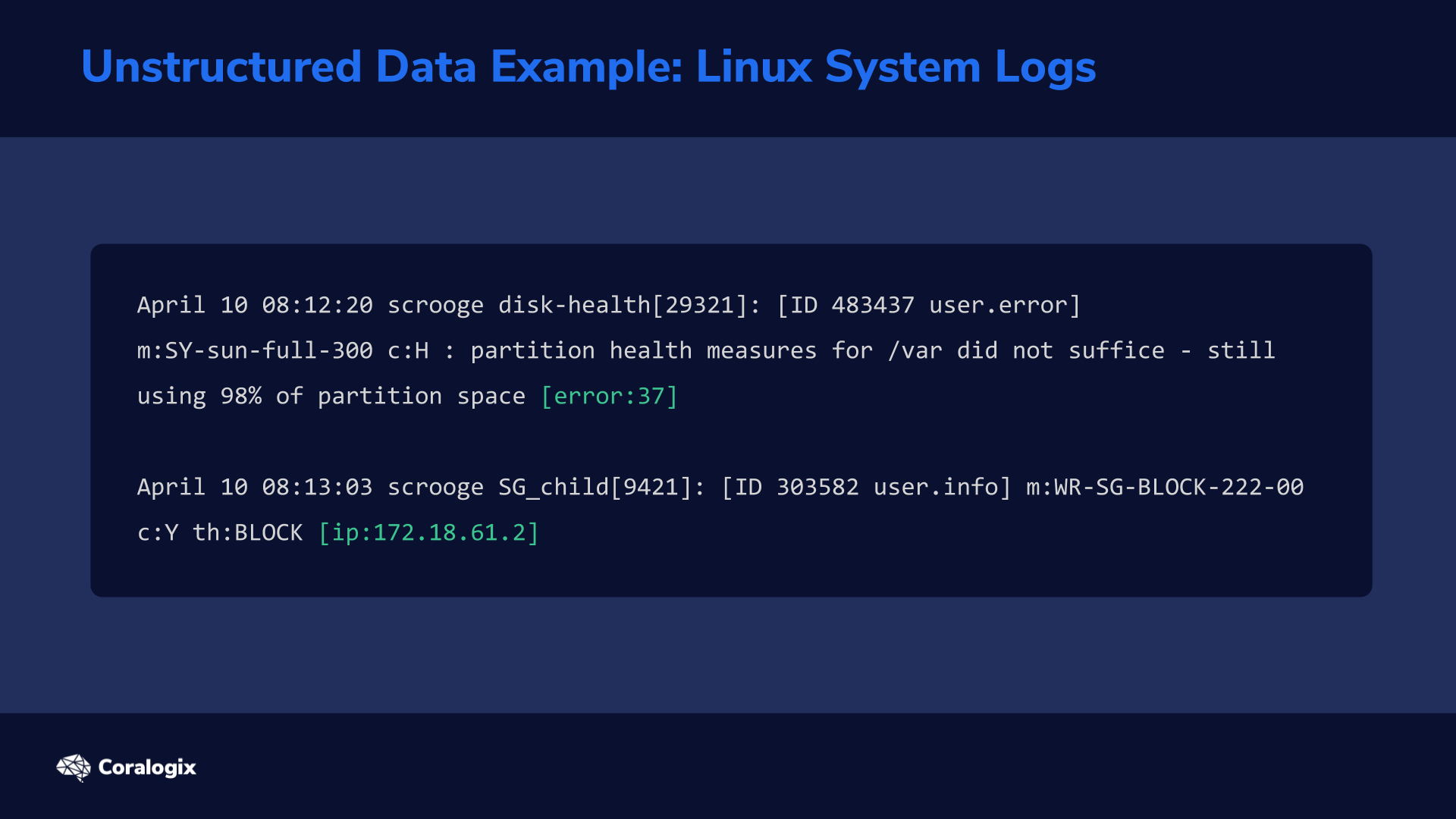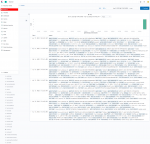
NOTE: you can specify the "beat" parameter via the "index" in your filebeat configuration, making things like separating dev/prod logs into separate instances easy output Debug your own patterns using a GROK debugger.Basically, grok patterns are based on regular expressions which have a pretty high learning curve to begin with.GROK is the method that Logstash uses to parse log file entires using a set of patterns into a JSON-like structure, otherwise all logs coming will be stored as a "message" blob that really isn't too useful."Filter" does the log parsing, primarily using "GROK" patterns. In this case, the "input" section of the nf has a port open for Filebeat using the lumberjack protocol (any beat type should be able to connect): input nf has 3 sections - input / filter / output, simple enough, right? Input section Getting filebeat and ELK setup was a breeze, but configuring Logstash to process logs correctly was more of a pain.enter GROK and nf nf You'll need to manually-load the filebeat template into ES before starting filebeat =>.via either GeerlingGuy (STL native, I owe this dude some beers).Use the Bitnami ELK ami for no-brainer ELK setup =>.

ELK is definitely still part of the stack, but we're adding "beats" to the mix => BELKįilebeat capture and ship file logs -> Logstash parse logs into documents -> Elasticsearch store/index documents -> Kibana visualize/aggregate How?.Logstash is a heavyweight compared to Filebeat, prohibitive to running a swarm of tiny server instances.Wny not just Logstash (E LK is so hot right now)?.Captured data is easy to visualize with Kibana.Super-easy to get setup, a little trickier to configure.Centralized logging, necessarily for deployments with > 1 server.
 Logstash is a heavy swiss army knife when it comes to log capture/processing. Filebeat is a log shipper, capture files and send to Logstash for processing and eventual indexing in Elasticsearch. Reach out by contacting our team by visiting our dedicated Help Centre or via live chat & we'll be able to get back to you.Logstash and Filebeat in 5 minutes What/Why? Our platform’s built-in Apache log analyser saves on the need to configure numerous tools for the ingestion of Apache server logs as our hosted ELK Stack takes care of transforming, parsing, alerting, visualising & reporting in one centralised platform.įollowed our configuration file example for Apache and are still encountering issues? We're here to help. Logit.io provides a complete solution for fast Apache log viewing & analysis. Access logs keep track of all access requests that have been sent to your web server and include data such as IP addresses, URLs & response times. It contains a wealth of information beyond just errors & can be used for comprehensive diagnostic reporting. The error log is characterised as the most important log data you’ll want to analyse as part of your audits. This can be difficult to efficiently analyse without an Apache log viewer. Just one of the reasons for its widespread adoption is due to its highly flexible and powerful features.Īpache produces access & error logs and as a server that manages HTTP requests, the tool generates a high amount of log data when used to monitor high traffic websites. The first edition of Apache was launched over twenty years ago in 1995 & has grown to power over 40% of websites globally. No input available! Your stack is missing the required input for this data source Talk to support to add the inputĪpache (also known as Apache HTTP Server) is a popular open-source web server that manages incoming HTTP requests. # Period on which files under path should be checked for changes The configuration file below is pre-configured to send data to your Logit.io Stack via Logstash.Ĭopy the configuration file below and overwrite the contents of filebeat.yml.
Logstash is a heavy swiss army knife when it comes to log capture/processing. Filebeat is a log shipper, capture files and send to Logstash for processing and eventual indexing in Elasticsearch. Reach out by contacting our team by visiting our dedicated Help Centre or via live chat & we'll be able to get back to you.Logstash and Filebeat in 5 minutes What/Why? Our platform’s built-in Apache log analyser saves on the need to configure numerous tools for the ingestion of Apache server logs as our hosted ELK Stack takes care of transforming, parsing, alerting, visualising & reporting in one centralised platform.įollowed our configuration file example for Apache and are still encountering issues? We're here to help. Logit.io provides a complete solution for fast Apache log viewing & analysis. Access logs keep track of all access requests that have been sent to your web server and include data such as IP addresses, URLs & response times. It contains a wealth of information beyond just errors & can be used for comprehensive diagnostic reporting. The error log is characterised as the most important log data you’ll want to analyse as part of your audits. This can be difficult to efficiently analyse without an Apache log viewer. Just one of the reasons for its widespread adoption is due to its highly flexible and powerful features.Īpache produces access & error logs and as a server that manages HTTP requests, the tool generates a high amount of log data when used to monitor high traffic websites. The first edition of Apache was launched over twenty years ago in 1995 & has grown to power over 40% of websites globally. No input available! Your stack is missing the required input for this data source Talk to support to add the inputĪpache (also known as Apache HTTP Server) is a popular open-source web server that manages incoming HTTP requests. # Period on which files under path should be checked for changes The configuration file below is pre-configured to send data to your Logit.io Stack via Logstash.Ĭopy the configuration file below and overwrite the contents of filebeat.yml.






 0 kommentar(er)
0 kommentar(er)
